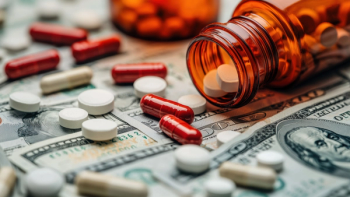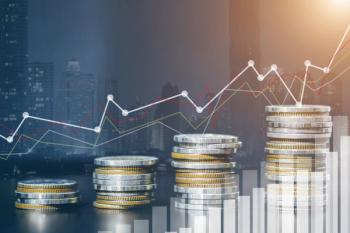
- Pharmaceutical Commerce - November/December 2016
GPhA: generics saved $227 billion in drug costs in 2015
Price growth is less than branded growth, but higher than inflation
As it has done annually for the past eight years, the Generic Pharmaceuticals Assn (GPhA) has commissioned IMS Health (now QuintilesIMS) to run the numbers on scrip volume and pharma sales to determine the cost savings from generics. The 2015 total: $227 billion, up from 207 billion in 2014, and continuing a trend that has persisted since at least 2005. Generics made up 89% of prescriptions dispensed in 2015, but only 27% of medicine spending; the rest is consumed by branded products.
“Generic drugs are the foundation of any successful effort to lower health spending and increase patient access to affordable medicine,” said Chip Davis, president of GPhA, in a statement. And, anticipating the impact of biosimilars which are now trickling into US distribution, he adds, “This
There’s no question that generics have dampened the growth of pharmaceutical spending, but there are nuances that the GPhA report leaves out, overstating the “lower” health spending claim. The QuintilesIMS analysis is based on the prices of branded products just as expiry occurs, then projected forward as generics replace them. But, as the
In addition, data from QuintilesIMS’ Use of Medicines
A counterargument to generic price inflation is that for some drugs, prices are too low—so low that they become sole-source products (or that products become short-supply, or that production ceases altogether). “Over time [payers] may be glad that prices went up, assuming the laws of supply and demand kick in to increase competition in the generic market,” was one of the conclusions of an Elsevier
All of which points to an intensive battle over prices, rebates and patent policies come the new year and a new Presidential administration. Hold onto your hats!
Save
Articles in this issue
almost 9 years ago
Pharma Serialization: First Experience, Best Practices, Future Directionalmost 9 years ago
The medical crisis that didn’t happenalmost 9 years ago
A conversation with Jim Mullen, Patheonalmost 9 years ago
Active packaging protects oral solid formulationsalmost 9 years ago
ATCC broadens its resources for cell lines to research canceralmost 9 years ago
A new approach to pharma supply-chain collaborationalmost 9 years ago
Pharma traceability: year in reviewalmost 9 years ago
Pharma seeks growth in eyecarealmost 9 years ago
Putting drug administration in patient’s handsNewsletter
Stay ahead in the life sciences industry with Pharmaceutical Commerce, the latest news, trends, and strategies in drug distribution, commercialization, and market access.





